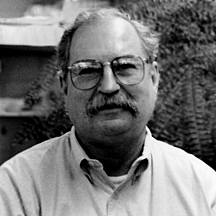When a scientist says “there is no hard science” to support an idea, does that mean that (1) there really is no such research; or (2) there is research, but the the scientist does not believe it; or (3) the scientist has not kept up with research done by other people?
Consider this case. FIRST, Jillian Clarke won the of 2004 Ig Nobel Public Health Prize for scientifically testing the five-second rule (Clarke was a high-school student at the time she did the research). SECOND, in early 2007, scientists at Clemson University implied that they had just done the first scientific test of the rule.
 Now, THIRD, comes a September 26, 2007 press release from the University of Wisconsin-Madison. It says:
Now, THIRD, comes a September 26, 2007 press release from the University of Wisconsin-Madison. It says:
If a piece of toast fell on the floor, would you pick it up and eat it? You probably would if you believe in the 5-second rule, which suggests that your spilled breakfast stays germ-free as long as you snatch it up in five seconds.
But while the 5-second rule remains a popular rule of thumb, there is no hard science to support it, says Glenn Chambliss, a bacteriologist at UW-Madison. In fact, if you dropped food in places harboring nasties like E. Coli bacteria, any contamination would happen instantaneously, the scientist says.
Again, science moves in its customary fashion, one step forward, one back, with now and then a twirling in place.
(Thanks to investigator Sip Siperstein for bringing this to our attention.)